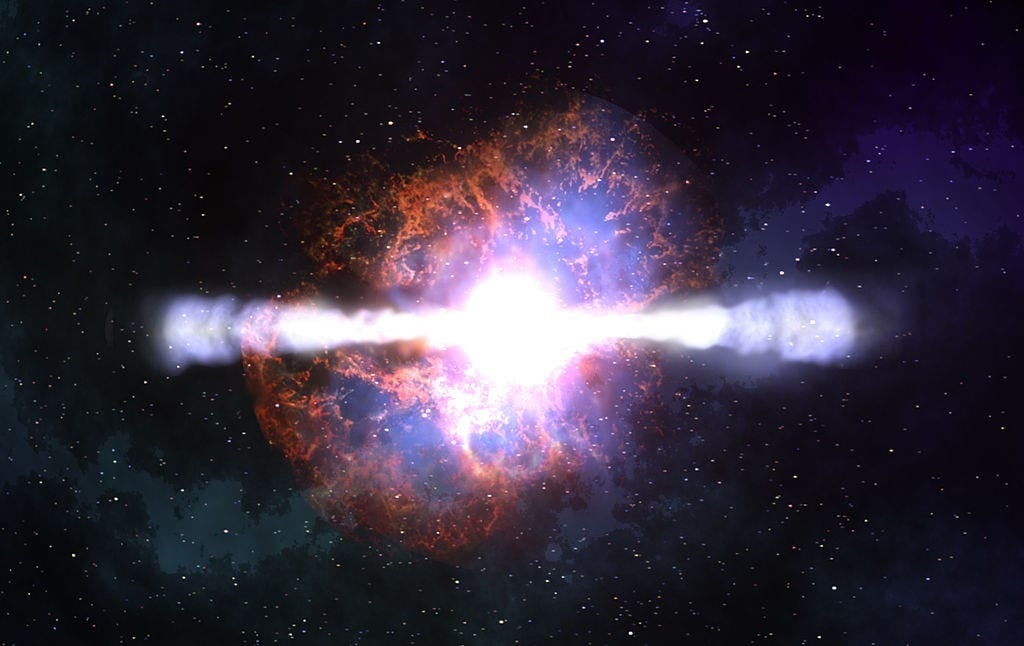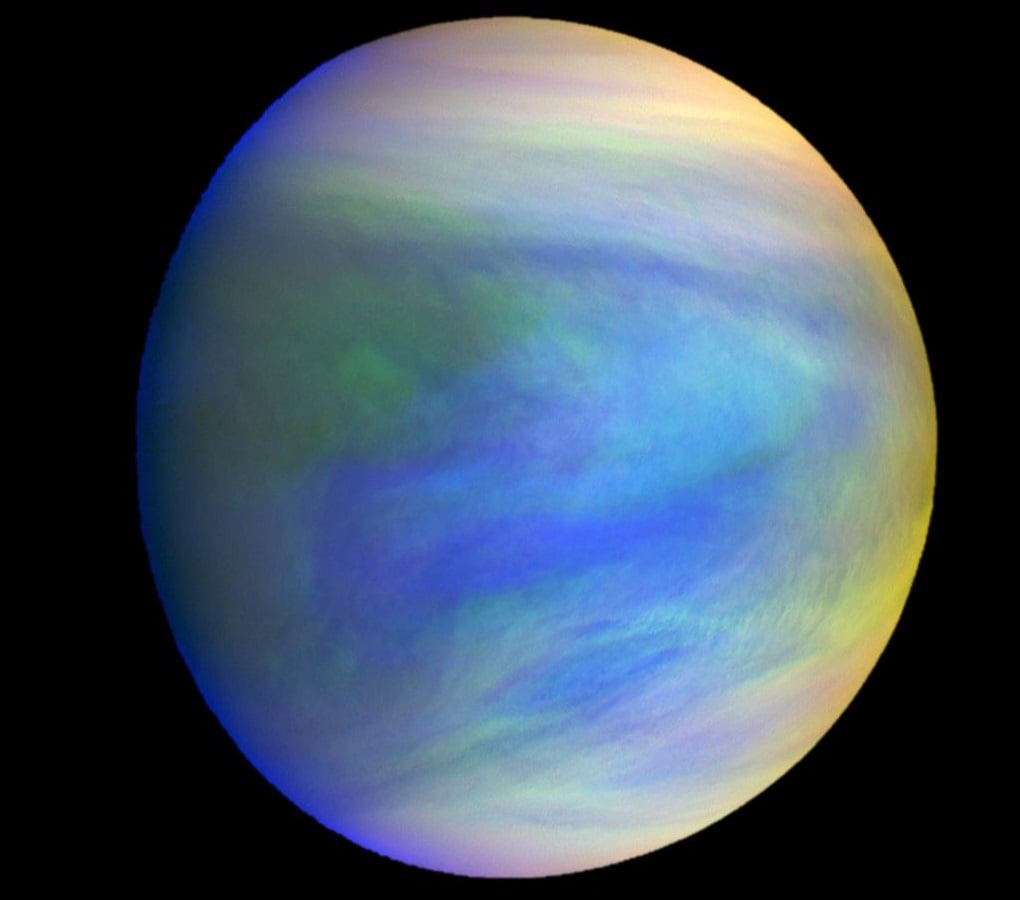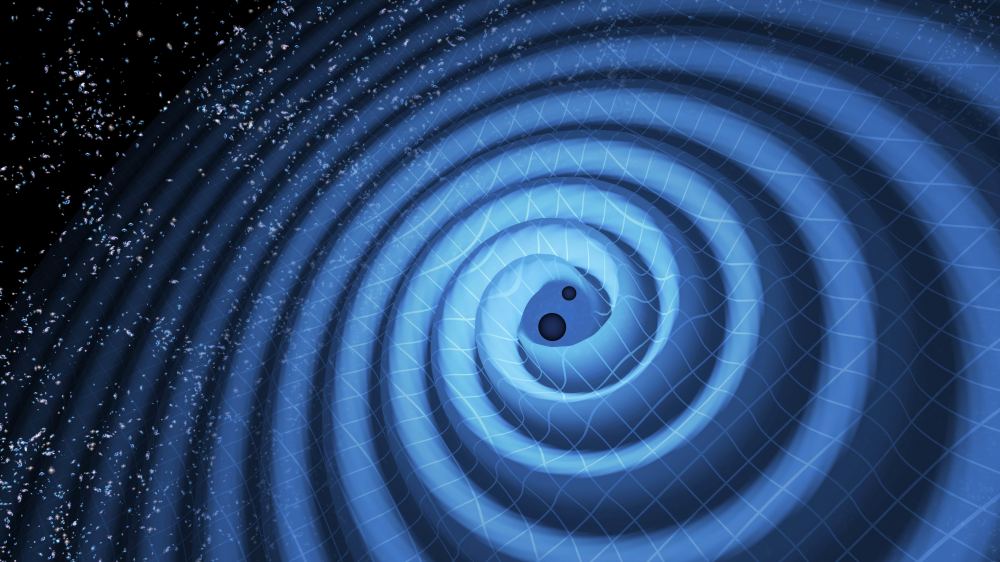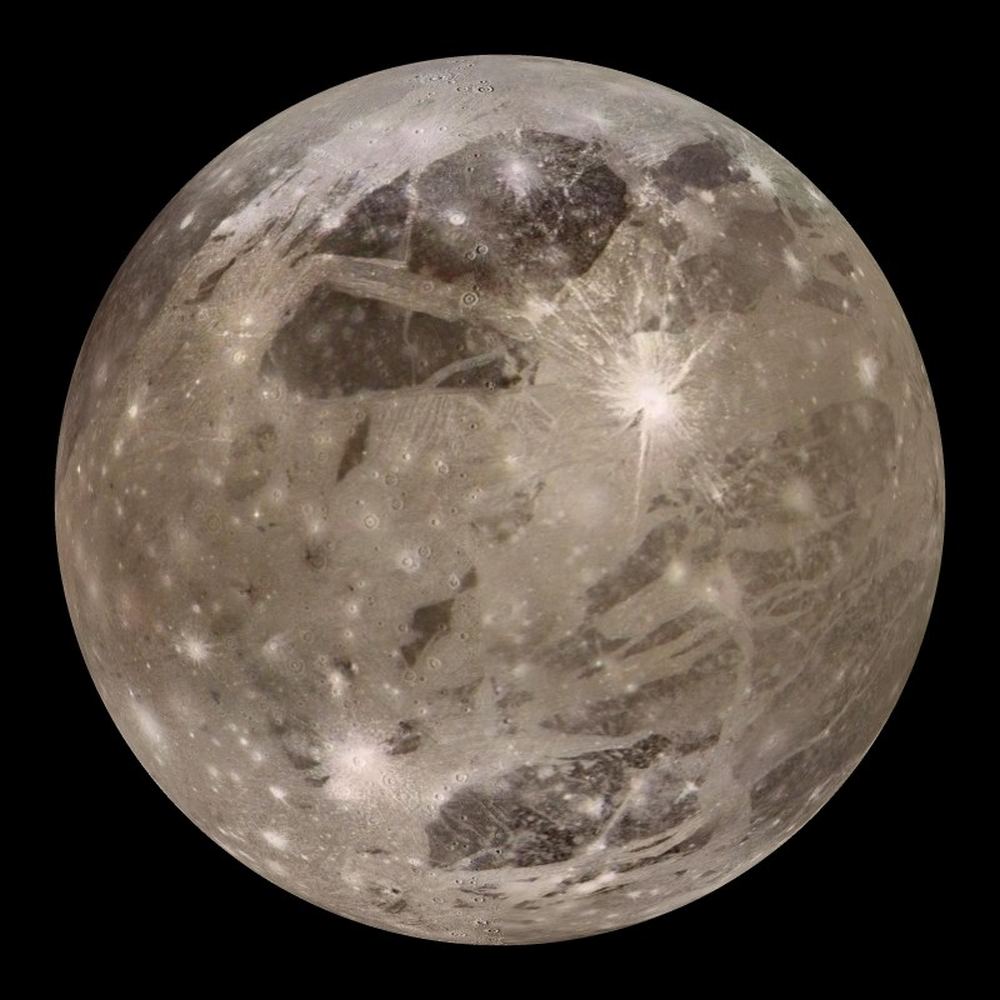
Think you know the Canadian space program? A new book may prove otherwise. The book is Canadarm and Collaboration: How Canada's Astronauts and Space Robots Explore New Worlds by Elizabeth Howell, out on October 20th, 2020 by ECW Press.
Continue reading

A machine learning algorithm created by scientists in the UK has confirmed 50 new exoplanets, effectively opening the door to AI-enabled exoplanet studies!
Continue reading

New research using Hubble archive data shows that GJ 887, the nearby red dwarf star system with two exoplanets, might not be as calm and "boring" as we thought!
Continue reading

Continue reading

Continue reading

Continue reading

Continue reading

Continue reading

Continue reading

Another possible resolution to the Fermi Paradox: we could all be living in some giant "nature preserve" where the aliens are monitoring us!
Continue reading

The James Webb Space Telescope recently passed another critical milestone - the Ground Segment Test - and is on track for its scheduled launch in Oct of 2021.
Continue reading

SpaceX has a busy weekend ahead with three missions scheduled for Sunday, including a 150 m hop test with the SN6 prototype!
Continue reading

The gas and dust cast off by a supernova explosion keeps moving at a high speed for centuries.
Continue reading

Continue reading

In this installment, we explore the possibility that we haven't heard from aliens because they've got us in a simulated environment where they can watch us!
Continue reading

Continue reading

Continue reading

Continue reading

A new study by a team of theoretical astrophysicists shows that stable wormholes could exist, but don't expect them to be a practical means of space travel.
Continue reading

Continue reading

Continue reading

A white paper submitted to the 2023 - 2032 Decadal Survey recommends we create spacecraft that could rendezvous and take samples from interstellar objects like 'Oumuamua
Continue reading

Continue reading

Inside a white dwarf, atoms are squeezed almost to the point of collape. Now we've created this matter in a lab.
Continue reading

Continue reading

Continue reading

In our latest installment, we explore the possibility that the reason we haven't heard from aliens is because they've been wiped out by killer robots!
Continue reading

A new study led by researchers from the JHUAPL indicates that future missions to the Moon could contaminate the lunar environment with their exhaust.
Continue reading

Continue reading

NASA has just released an informative video that lets potential interstellar travellers know what they're in for!
Continue reading

A new technique may prove to be a powerful tool in the battle to mitigate space debris.
Continue reading

A new study from the Harvard Smithsonian Center for Astrophysics has bolstered the case for our Sun having a long-lost binary companion.
Continue reading

A tabletop gravitational wave detector could take decades to build, but it could answer the most fundamental questions in physics.
Continue reading

Using ALMA, a European team of astronomers was able to observe a galaxy as it looked 12 billion years ago and were surprised to see that it looks a lot like how the Milky Way appears today.
Continue reading

Continue reading

Continue reading

An international team of researchers has proposed a new explanation for why Betelgeuse has been mysteriously dimming, just as it started dimming again!
Continue reading

The last supernova in history will be the final burst of light in a cold, dark, and dead cosmos.
Continue reading

Continue reading

The iconic Arecibo Observatory recently suffered some damage when a support cable broke and created a large gash in the reflecting dish
Continue reading

Continue reading

A new art installation at the Science Gallery Dublin, called "Dark Distortions," helps viewers to see the influence dark matter has on light in our Universe.
Continue reading

A star orbiting the black hole in the center of our galaxy is moving so fast it can only be described relativistically.
Continue reading

Virgin Galactic has announced a partnership with engine-maker Rolls Royce to develop a supersonic jetliner that will be even faster than the Concorde
Continue reading

Continue reading

Continue reading

SpaceX recently announced that they are looking for a Resort Development Manager to help them turn Boca Chica into a bona fide spaceport
Continue reading

Continue reading

Continue reading

Continue reading

 Universe Today
Universe Today
















































